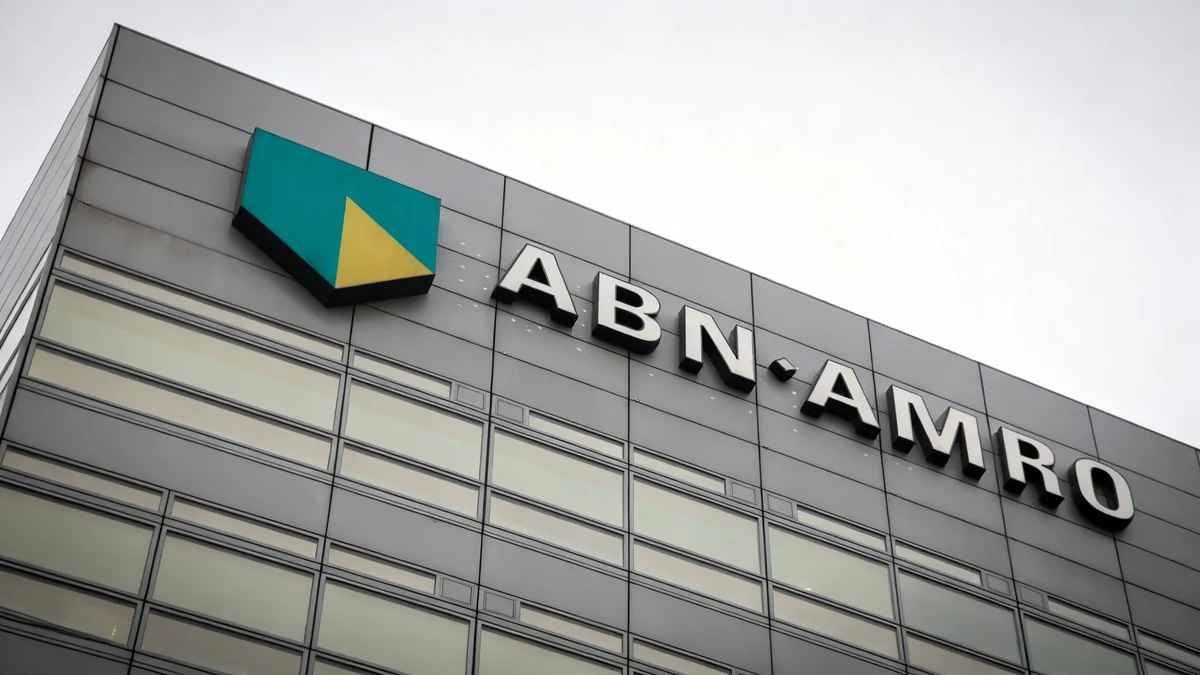American energy corporations ExxonMobil and Chevron are making a significant strategic move into the global liquefied natural gas (LNG) trading market. This decision marks a departure from their previous stance, which considered the sector too volatile, and positions them to compete directly with European giants like Shell and BP who have long dominated this lucrative space.
The expansion comes as global demand for LNG is projected to increase substantially over the next two decades, driven primarily by economic growth in Asia. Both Exxon and Chevron are now actively building their trading teams and securing supply deals to establish a foothold in the rapidly evolving market.
Key Takeaways
- Exxon and Chevron are actively expanding their LNG trading operations, a business they previously viewed as high-risk.
- European energy companies, including Shell and TotalEnergies, currently lead the global LNG trading market.
- A projected 60% surge in LNG demand by 2040, especially from Asian economies, is driving this strategic shift.
- Both U.S. companies have recently appointed new heads for their LNG trading divisions, based in Asia, and have begun signing new supply contracts.
A Strategic Shift for American Energy Leaders
For years, U.S. oil majors Exxon and Chevron have lagged behind their European counterparts in the dynamic world of LNG trading. Companies like Shell, BP, and TotalEnergies built formidable trading desks that capitalized on price differences and supply-demand imbalances across the globe. In contrast, American firms traditionally focused on long-term, point-to-point supply contracts, viewing the trading market as excessively risky.
This cautious approach is now changing. According to a report by the Financial Times, both Exxon and Chevron are aggressively recruiting talent and scaling their trading operations. An unnamed executive was quoted as saying, “I want to scale it now. I need all the talent.” This reflects a fundamental change in corporate strategy.
Background: The Evolution of LNG Markets
Historically, LNG was sold under rigid, long-term contracts linking a specific production facility to a specific buyer. However, the market has evolved into a more flexible and complex system with a robust spot market, similar to crude oil. This allows traders to profit from arbitrage opportunities by redirecting cargoes to regions with higher demand and prices.
The new emphasis on trading is a direct response to market realities. Peter Clarke, head of Exxon’s LNG segment, explained the shift to the Financial Times. “If you go back in history, you found a customer, and you signed them up for the full offtake and you had a ship that basically went backwards and forwards,” he said. “Today it is totally different.”
Surging Global Demand Creates New Opportunities
The primary driver behind this strategic pivot is the undeniable growth in global LNG demand. Shell, the world's largest LNG trader, projected in its 2025 annual report that demand for the fuel will soar by 60% by the year 2040. This growth is largely fueled by developing economies in Asia that require more energy for power generation, industry, and heating.
Tom Summers, the head of Shell’s LNG trading division, noted that the world needs more natural gas to meet both development and decarbonization goals. While Shell has a vested interest in a strong LNG market, it is not the only organization with a bullish forecast.
Forecasts Point to Growth
The International Gas Union (IGU) reported that global energy demand is expected to follow an upward trajectory over the next decade. The International Energy Agency (IEA) also anticipates that demand for LNG will accelerate next year following a temporary slowdown caused by economic factors.
This rising demand is already creating supply pressures. Indonesia, the world's sixth-largest LNG exporter, announced it would defer some export cargoes to satisfy its own growing domestic needs. This highlights the increasing competition for available supply, making a sophisticated trading operation more valuable than ever.
Playing Catch-Up in a Competitive Field
While Exxon and Chevron are among the world's largest producers of natural gas, they are relative newcomers to the trading game. European majors have a significant head start. For example, TotalEnergies plans to increase its managed LNG volumes by 50% by 2030, while Shell aims to add 12 million tons of capacity within the same timeframe. BP has also launched a major LNG project off the coasts of Senegal and Mauritania.
To compete, the American giants are making targeted moves. Both companies have recently appointed new heads of their LNG trading divisions, strategically placing them in Asia to be closer to the center of demand growth. They have also started securing supply deals, with each company reportedly signing contracts for approximately 7 million tons annually.
While these volumes are a starting point, they signal a clear intent to become major players. The modern LNG market requires a global presence and the ability to manage a diverse portfolio of supply sources and customers.
“If you want to be successful in LNG, you need to be everywhere,” Benjamin Lakatos, chairman of Swiss gas trader MET Group, told the Financial Times. He explained that focusing on only one segment of the value chain leaves a company vulnerable to market cycles.
Implications for the Global Energy Market
The entry of Exxon and Chevron into LNG trading is expected to increase competition among suppliers. For large consumers, particularly in Europe and Asia, this could lead to more favorable pricing and supply security. Europe is increasingly dependent on LNG, with the fuel expected to account for more than two-thirds of its gas supply as it moves away from Russian pipeline gas.
As U.S. LNG production grows, these newly empowered trading desks will be crucial for directing American energy exports to global markets. The shift demonstrates that trading is no longer a peripheral activity but a core component of a successful energy strategy in the 21st century.
By building robust trading operations, Exxon and Chevron are not just aiming to capture trading profits; they are positioning themselves to optimize their vast production assets and navigate an increasingly complex and interconnected global energy landscape. Their success will depend on their ability to adapt quickly and build the expertise needed to challenge the established European leaders.





